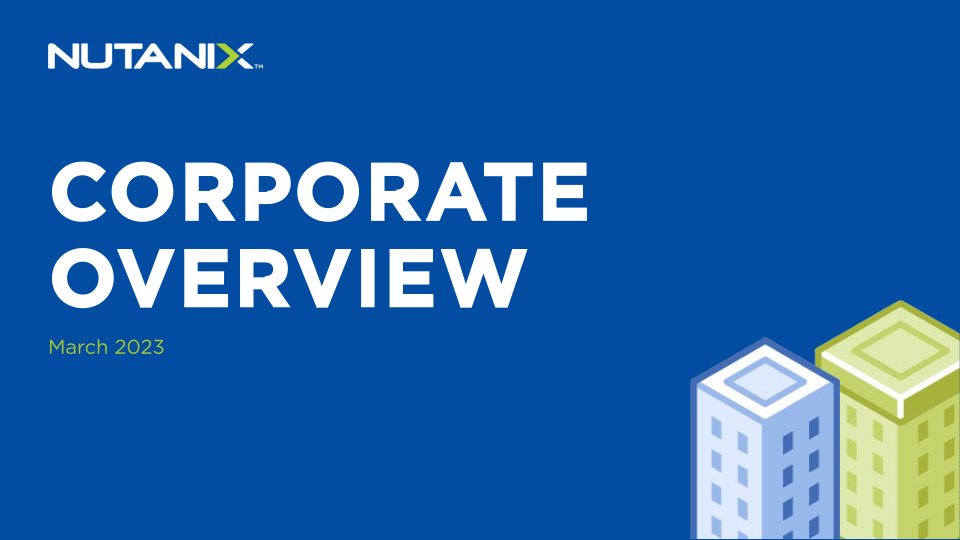Environmental Protection and Water Pollution Control Plan
Made public by
Yunnan Provincial Government
sourced by PitchSend
Creator
Yunnan Provincial Government
Category
Technology
Published
2003-2020
Slides
Transcriptions
Download to PowerPoint
Download presentation as an editable powerpoint.
Related










































